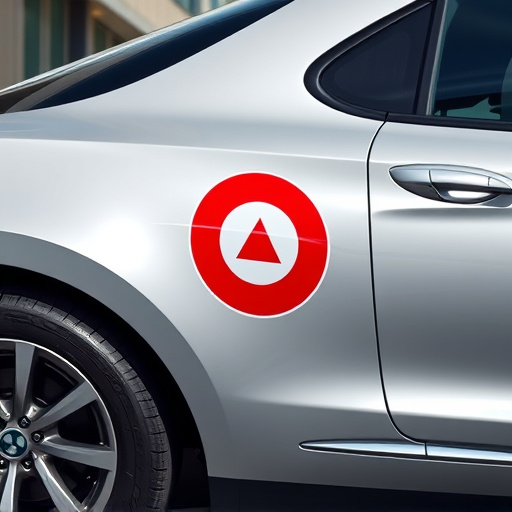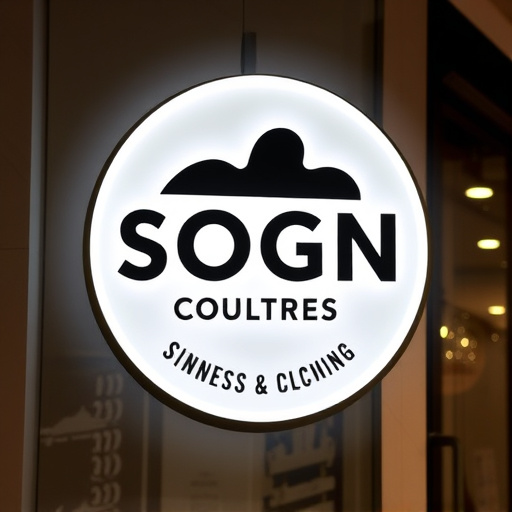In competitive markets like automotive services, achieving competitive pricing requires understanding market dynamics, including supply/demand, competitor strategies, and customer perception. Businesses should adjust prices based on regional trends, seasonal demands, and unique service offerings. Monitoring competitors' pricing and customer response is crucial for developing effective strategies. Dynamic pricing, adjusted in real-time, allows companies to maximize profits and stay competitive. Continuous performance tracking ensures pricing strategies remain relevant and profitable.
Developing an effective competitive pricing strategy is vital for any business aiming to thrive in today’s dynamic market. This article guides you through essential steps, from understanding intricate market dynamics and analyzing competitor strategies to monitoring customer perception and implementing dynamic pricing models. By mastering these techniques, businesses can optimize their pricing, stay ahead of the curve, and maximize profitability in a cut-throat competitive landscape. Uncover actionable insights into competitive pricing that drive success.
- Understanding Market Dynamics for Competitive Pricing
- Analyzing Competitors' Strategies and Customer Perception
- Implementing Dynamic Pricing and Monitoring Performance
Understanding Market Dynamics for Competitive Pricing

In today’s competitive market, understanding market dynamics is crucial for setting competitive pricing. This involves analyzing factors like supply and demand, competitor pricing strategies, and customer perception. For instance, in the realm of automotive detailing, ceramic window tinting, or custom vehicle wraps, businesses must grasp that prices can vary based on regional trends, seasonal demands, and the availability of specialized services. Staying attuned to these dynamics enables businesses to stay relevant and competitive.
By closely monitoring market shifts, companies can adjust their pricing strategies accordingly. For example, during peak seasons for automotive detailing, prices might increase due to higher demand, whereas off-peak periods could offer opportunities for promotions and discounts. Moreover, understanding unique selling propositions (USPs) of services like ceramic window tinting or custom vehicle wraps—such as durability, aesthetics, or customization options—allows businesses to reflect these values in their pricing, ensuring it aligns with the perceived value among customers.
Analyzing Competitors' Strategies and Customer Perception

Understanding your competitors’ pricing strategies is a crucial step in developing an effective competitive pricing strategy for your business. Begin by gathering data on their products or services and analyzing their price points. Identify if they offer various packages or tiers, and study how customers perceive these differences. This insight will help you position your offerings appropriately in the market.
Customer perception plays a significant role in pricing. They often associate value with both quality and uniqueness. For instance, when considering car customization, such as ceramic window tinting that offers enhanced uv protection, consumers might be willing to pay a premium if they perceive it as a specialized, high-quality service. Integrating this knowledge into your pricing strategy ensures you meet customer expectations while staying competitive in the market.
Implementing Dynamic Pricing and Monitoring Performance

Implementing dynamic pricing is a powerful strategy to gain an edge in the market and maintain a competitive pricing approach. This involves adjusting prices based on real-time demand, competitor activities, and customer behavior. For instance, businesses in the automotive detailing industry can offer discounted vehicle wraps or protective coatings during slower periods to attract more clients, ensuring revenue even when demand is low. By utilizing dynamic pricing, companies can maximize profits and stay ahead of competitors who adhere to static pricing models.
Performance monitoring is an integral part of this strategy. Businesses should track key metrics such as sales volume, revenue growth, and customer response to price changes. Analyzing these data points allows companies to refine their pricing strategies, identify trends, and make informed decisions. For example, a detailed look at sales data might reveal that offering promotional discounts on protective coatings during the off-season not only boosts sales but also helps maintain a steady client base, ensuring long-term success in a highly competitive market like automotive detailing services.
Developing a robust competitive pricing strategy is key to staying ahead in today’s dynamic market. By understanding market forces, analyzing competitor moves, and gauging customer perception, businesses can set prices that not only cover costs but also maximize profits. Implementing dynamic pricing models allows for real-time adjustments based on demand and competition, ensuring your pricing strategy remains agile and effective. Embrace these strategies to create a competitive advantage through smart and adaptive competitive pricing.














